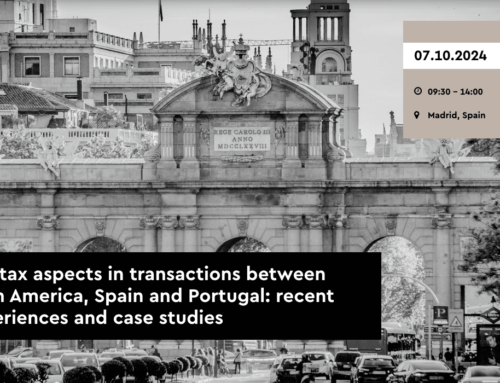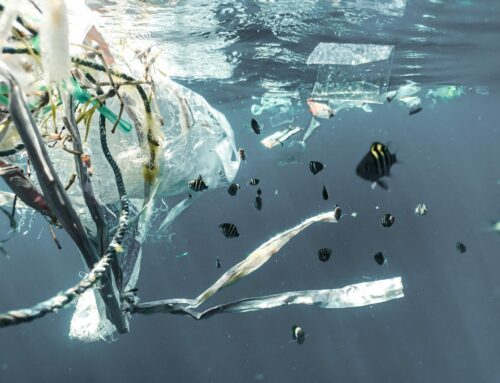The question raised is whether the formal requirement to report the deduction in the year it was generated has any effect on the right to the application of the tax incentive.
In this regard, the Resolutions issued by the Central Economic Administrative Court (“TEAC”) on March 23, 2022 have established as a reiterated doctrine the inappropriateness of rectifying the self-assessment of the CIT of a non-prescribed period requested to include a deduction generated in a prescribed period that was not recorded by the taxpayer in the self-assessment of said prescribed period. Therefore, it is a requirement for recognizing the right to enjoy a deduction that it is declared in the year in which it is generated, through any of the alternatives, such as self-assessment, or its subsequent rectification or administrative liquidation.
Thus, a corporate income tax self-assessment for a non-prescribed tax period cannot be rectified in order to recognize, ex novo, deductions not included in the self-assessment for a prescribed tax period, in which they should have been included because they were generated in that period. In short, the basis of this doctrine is that the statute of limitations cannot be infringed by bringing to light deductions corresponding to prescribed periods.
Consequently, the deductions under consultation can only be applied if their amount has been recorded in the self-assessments of the Corporate Income Tax corresponding to the tax period in which they were generated, and otherwise, the rectification of said self-assessments must be requested, within the legally established period, for their recording. The above, following the doctrine established by the TEAC, represents a change of criteria with respect to that held by the General Directorate of Taxes in previous resolutions.








